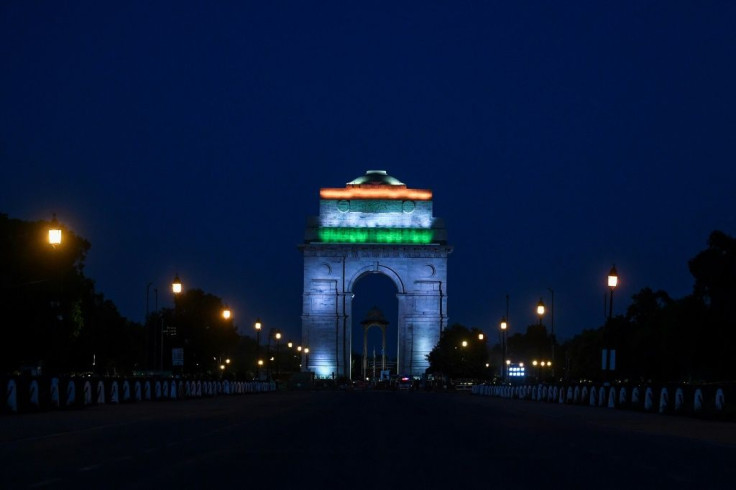Coronavirus Mega Evacuation: India Prepares Vande Bharat Mission to Bring Home 15,000 Citizens
KEY POINTS
- India will send flights to 12 countries for the first phase of the evacuation
- About 15,000 Indians are expected to be flown back in the first week in 64 flights
- The countries are UAE, Saudi Arabia, Qatar, Bahrain, Kuwait, Oman, Bangladesh, Philippines, Singapore, Malaysia, United Kingdom, and the United States
The lockdown in India that began March 25 was aimed at stopping the spread of the coronavirus that has caused the COVID-19 global pandemic. All commercial passenger flights were suspended.
Six weeks later, in what will be a huge governmental logistical undertaking, an evacuation effort dubbed the "Vande Bharat Mission," will try to bring home many Indian nationals stranded abroad.
India will send flights to 12 countries for the first phase of the evacuation expected to run from May 7 through May 13. About 15,000 Indians are expected to be flown back in the first week in 64 flights. The countries are UAE, Saudi Arabia, Qatar, Bahrain, Kuwait, Oman, Bangladesh, Philippines, Singapore, Malaysia, United Kingdom, and the United States, according to the first week’s flight plan reviewed by Hindustan Times.
The sheer number of people wanting to head home to India from other countries sheds some light on the enormity of the operation. India’s Ministry of External Affairs (MEA) estimated out of the country’s 1.353 billion population, about 1 crore (million) are living or traveling abroad on an Indian passport.
Obviously, not all will return but about 20% (200,000) are considered to have a “dire need” and are seeking a return flight. The flights, however, will have social distancing guidelines in effect. The result will be fewer passengers per flight and thus an increase in the cost per passenger.
The cost alone will prove prohibitive for some of the 200,000 potential evacuees. According to civil aviation minister Hardeep Puri, the flights are a “commercial service being carried out under special circumstances” and the exchequer (national treasury) does not have the space to pay for the repatriation of all who need to return.
Passengers from nearby countries will pay about 15,000 rupees (US$200) while the fare from more distant locations like the U.S. will be 100,000 rupees (US$1,333). Putting it quite bluntly, Puri said, “If there was no charge, [the number of] people wanting to come back would be much higher.”
The other major qualifier for the return flights is that passengers must have proof of being COVID-19 negative. After that, priority will be given to those who demonstrate “compelling cases of distress”. This would include migrant workers/laborers who have been laid off, short term visa holders faced with an expiry of visas, persons with medical emergencies, pregnant women, the elderly, and those who are required to return due to the death of a family member, and students.
Another obstacle faced by returning travelers is that after reaching their Indian destination, they will be required to register on the Aarogya Setu app (a contact tracing app) and be subjected to another medical screening followed by a 14-day quarantine all paid for by the passenger.
If only 15,000 people out of 200,000 can overcome the economic and health screening hurdles, it will at least reduce the number of evacuees to a more manageable amount. But it will leave a lot of Indians stranded in other countries, some with “compelling cases” that may require a sense of urgency by the government and the airlines.

© Copyright IBTimes 2025. All rights reserved.





















